
NGC 1, also occasionally referred to as GC 1, UGC 57, PGC 564 or Holm 2a is an intermediate spiral galaxy of the morphological type Sbc, located approximately 210 to 215 million light-years from the Solar System in the constellation Pegasus. It was discovered on 30 September 1861 by Heinrich d'Arrest.

NGC 6751, also known as the Glowing Eye Nebula or the Dandelion Puffball Nebula, is a planetary nebula in the constellation Aquila. It is estimated to be about 6,500 light-years away.

NGC 51 is a lenticular galaxy in the constellation Andromeda. It has a diameter of 90,000 light-years. The galaxy was discovered on September 7, 1885 by Lewis Swift, who described it as "Pretty faint, pretty small, round, brighter middle."
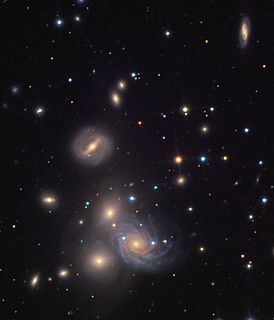
NGC 70 is a spiral galaxy located in the constellation Andromeda. It was discovered on October 7, 1855 by R. J. Mitchell and was also observed on December 19, 1897 by Guillaume Bigourdan from France who described it as "extremely faint, very small, round, between 2 faint stars"

NGC 165 is a barred spiral galaxy located in the constellation Cetus. It was discovered in 1882 by Wilhelm Tempel and was described by as "faint, large, star in centre, eastern of 2" by John Louis Emil Dreyer.
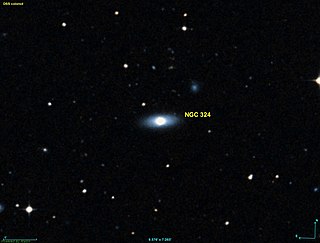
NGC 324 is a lenticular galaxy located in the constellation Phoenix. It was discovered on October 23, 1835 by John Herschel. It was described by Dreyer as "questionable, faint, small, stellar".
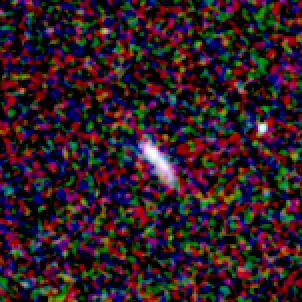
NGC 336 is a spiral galaxy in the constellation Cetus. It was discovered on October 31, 1885 by Francis Leavenworth. It was described by Dreyer as "very faint, small, round, suddenly brighter middle." It is also known as PGC 3470. Despite this, sometimes it is mistakenly identified as PGC 3526.
NGC 344 is a barred spiral galaxy in the constellation Cetus. It was discovered in 1886 by Frank Muller. It was described by John Louis Emil Dreyer as "extremely faint, very small, irregularly round, suddenly brighter middle and nucleus ."

NGC 373 is an elliptical galaxy located in the constellation Pisces. It was discovered on December 12, 1876 by Dreyer. It was described by Dreyer as "very faint, very small."
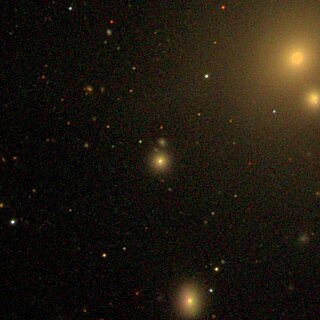
NGC 387 is an elliptical galaxy located in the constellation Pisces. It was discovered on December 10, 1873 by Lawrence Parsons. It was described by Dreyer as "very faint, small, round." Along with galaxies NGC 375, NGC 379, NGC 382, NGC 383, NGC 384, NGC 385, NGC 386 and NGC 388, NGC 387 forms a galaxy cluster called Arp 331.

NGC 394 is a lenticular galaxy located in the constellation Pisces. It was discovered on October 26, 1854 by R. J. Mitchell. It was described by Dreyer as "faint, small, 50 arcsec northeast of II 218.", with II 218 being NGC 392.

NGC 398 is a lenticular galaxy located in the constellation Pisces. It was discovered on October 28, 1886 by Guillaume Bigourdan. It was described by Dreyer as "very faint, very small, stellar."
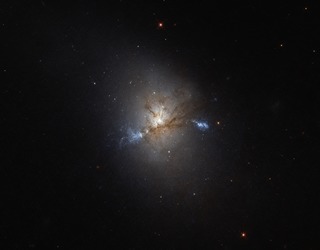
NGC 1222 is an early-type lenticular galaxy located in the constellation of Eridanus. The galaxy was discovered on 5 December 1883 by the French astronomer Édouard Stephan. John Louis Emil Dreyer, the compiler of the New General Catalogue, described it as a "pretty faint, small, round nebula" and noted the presence of a "very faint star" superposed on the galaxy.
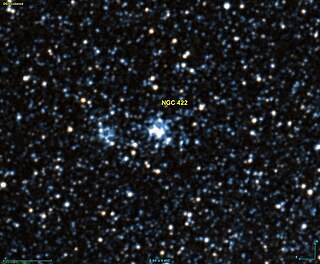
NGC 422 is an open cluster located in the constellation Tucana. It was discovered on September 21, 1835 by John Herschel. It was described by Dreyer as "very faint .", with Nubecular Minor being the Small Magellanic Cloud. It was also described by DeLisle Stewart as "only 3 extremely faint stars, close together, not a nebula."

NGC 456 is a nebula with an open cluster located in the constellation Tucana. It was discovered on August 1, 1826 by James Dunlop. It was described by Dreyer as "pretty faint, pretty large, irregularly round, mottled but not resolved, 1st of several."

NGC 460 is an open cluster with nebula located in the constellation Tucana. It was possibly observed on August 1, 1826, by James Dunlop, although it was officially discovered on April 11, 1834, by John Herschel. It was described by Dreyer as "very faint .", with Nubecular Minor being the Small Magellanic Cloud. It was also described by DeLisle Stewart as "faint, pretty large, irregularly round, gradually brighter middle, mottled but not resolved, 2nd of several."
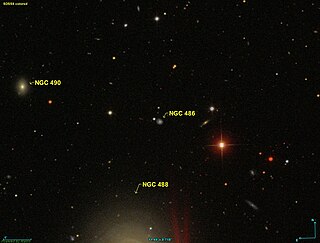
NGC 486, also occasionally referred to as LEDA 1281966 or GC 275, is a spiral galaxy in the constellation Pisces. NGC 486 was discovered on December 6, 1850 by Irish engineer Bindon Blood Stoney.

NGC 1436 is a barred spiral galaxy approximately 58 million light-years away from Earth in the constellation of Eridanus. It is a member of the Fornax I cluster.

NGC 521, also occasionally referred to as PGC 5190 or UGC 962, is a spiral galaxy located approximately 224 million light-years from the Solar System in the constellation Cetus. It was discovered on 8 October 1785 by astronomer William Herschel.

NGC 1444 is a small open cluster of stars in the northern constellation of Perseus, about 2-1⁄4° to the northwest of 43 Persei. It has an angular diameter of 4 arcminutes and a brightness of 6.60 in visual magnitude. The cluster has sixty members of seventh magnitude or fainter, and is better appreciated in larger telescopes. NGC 1444 was discovered on 18 December 1788 by the German-British astronomer William Herschel. It is located at a distance of 4,200 light-years from the Sun and is about 7.1 million years old. The cluster has a physical core radius of 1.73 ± 0.42 ly and a tidal radius of 17.4 ± 4.2 ly. The most prominent member is the triple star system Σ446, with a magnitude 6.7 primary. The cluster is a member of the Camelopardalis OB1 association.



















